Yogurt was always cherished in my family. My mother especially, loved it a lot and naturally that was passed down to me. My earliest memory of it touches our trips to the city, in my early childhood. It was a big thrill as we would endeavor on our trip, all dressed up, that was only about 15 minute bus ride but what seemed eternity to me. Upon arrival as a rule, my mother would treat me with with visit to the local bakery. There I would have a customary cheese Burek (cheese pastry) and yes, yogurt. The combination born in heaven. Just to make sure that I am fully satisfied, she would top it up with an apple pastry for dessert. She would then go on and finish all her shopping by the time I was done with my breakfast. I know, by today’s standards that would be totally unacceptable parent behavior and someone might have even called police to investigate a child left alone in the bakery (mind you, with full plate in front of him). Well I grew up in different times where everything seemed much simpler, safe and much more relaxed.
Later on as I moved away from home I still enjoyed yogurt, especially during my studies in Belgrade. Deeply ingrained habit of enjoying flaky cheese pastry and yogurt for breakfast.
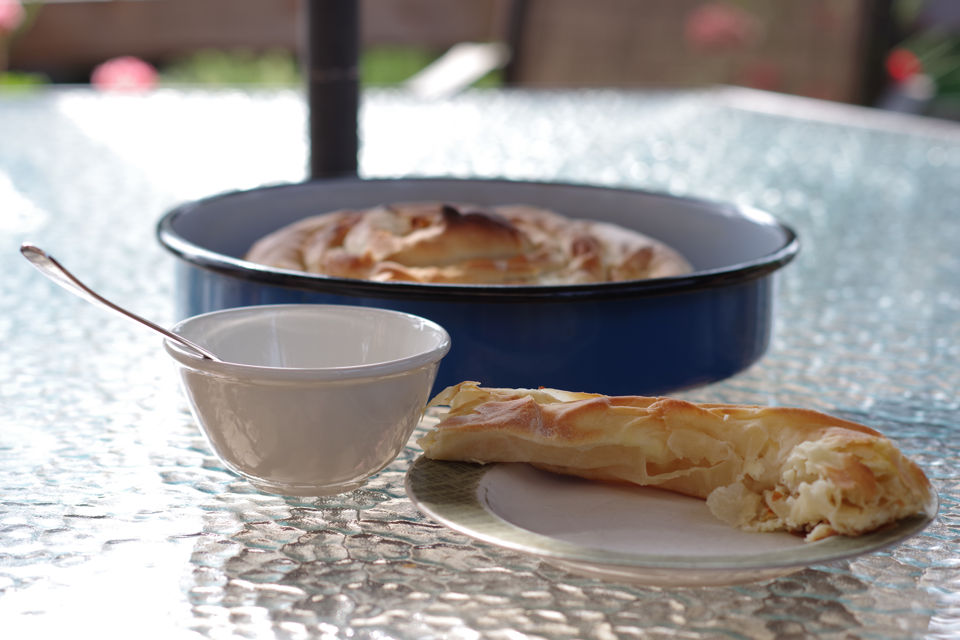

As I moved to Canada that changed little, although initially I found the yogurt to taste here a bit different. Truth to be told there was lot more variety here, so it took me only a little while to find the brand I liked the best. One that had just right smoothness of texture and acidity level. As it usually turns out to be “you get what you pay for”, the one I like the best is the most expensive one too. The jar of 1L is running at about $8. As I can easily finish half a jar in one go it would normally last me only a day or two.
So how to circumvent this little problem? Simple, make your own yogurt. For the cost of one store bought jar I make a batch of 4L of yogurt. The taste and quality are identical to my favorite organic brand variety. I am willing to bet that if doing blind test, one would not be able to distinguish between the two. The difference is I can enjoy mine fresh and as much as I want, at a fraction of the price. I can’t see anything wrong with that.

To make the yogurt you don’t need any special equipment. All you need is a thermometer, good quality milk (preferably organic) and plain yogurt whose taste you adore. Finding the right yogurt for seeding is very important. Since you are just replicating what you already got, and can’t make it different, you better make sure it is good and that you like it. The yogurt you like should not have gelatin, sugar or any other additives. It should have just milk and live bacterial culture. If you start with that I guarantee you that with very little effort you can make a delicious yogurt of your own. Once you make it, you can use a little from previous batch to make the new one, and theoretically keep it going that way forever.

The following is a little bit technical but nevertheless essential steps you need to follow that will assure a success in yogurt making:
- Heat the milk and cook for 30 minutes at 85ºC (185ºF)or at 90ºC(195ºF)for 10 minutes. Prolonged boiling will concentrate the protein and provide yogurt with firmer texture. This will further improve the consistency of the yogurt by denaturing the whey protein lactoglobulin and casein particles bonding to each other in a fine matrix of chains that is much better at retaining liquid (“On Food and Cooking”-by Harold McGee).
- Fermentation temperature has a strong influence on a final yogurt texture and consistency. In a cold water bath, cool the milk to 40ºC (113ºF).
- Pour cooled off milk to clean glass jars (about 1 L jar each) and stir in 2-3 tbsp of cold yogurt.
- Cover the jars with clean kitchen towel and then with couple of thick and warm blankets. Let it ferment for 12-18 hours.
- Cover each jar and refrigerate.
Note: If milk is too warm at the start of fermentation, 40–45ºC (104–113ºF) is maximum temperature well tolerated by bacteria, this will cause rapid bacterial growth and production of lactic acid. Milk proteins will gel in just couple of hours but this will produce coarse protein network with few thick strands providing firmness but also readily leak whey. At 30ºC (86ºF) temperature the bacteria work far more slowly, and the milk takes up to 18 hours to set. This slow gelling produces a finer, more delicate network of individual strands that are weaker but their smaller pores are better at retaining the whey (“On Food and Cooking”-by Harold McGee).


| Cook Time | 25 minutes |
| Passive Time | 12-14 hours |
| Servings |
liters
|
- 12 tbsp plain yogurt starter cultures
- 4 l organic milk 2 or 3.8% B.F.
Ingredients
|

|
- Over high heat, stirring constantly, bring milk to 90ºC(195ºF). Maintain that temperature for 10 minutes.
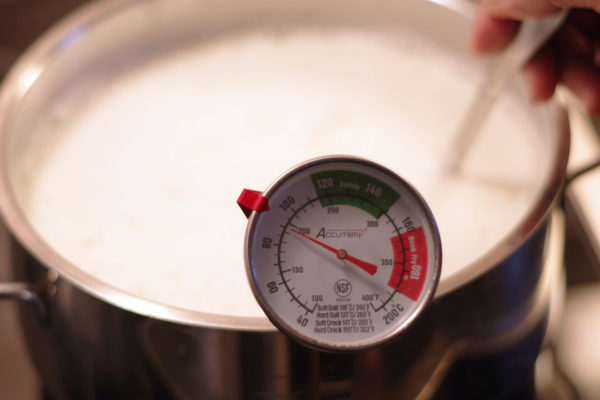
- Cool off the milk in a water bath, stirring constantly, bring the milk temperature down to 40ºC (113ºF).
- Pour off cooled milk to clean 1-2 liter glass jars. Add 3 heaped tbsp of starter plain yogurt per liter of milk, stir vigorously.
- Cover jars with clean kitchen towel and then with two thick, warm blankets. Let it ferment for 12-14 hours.
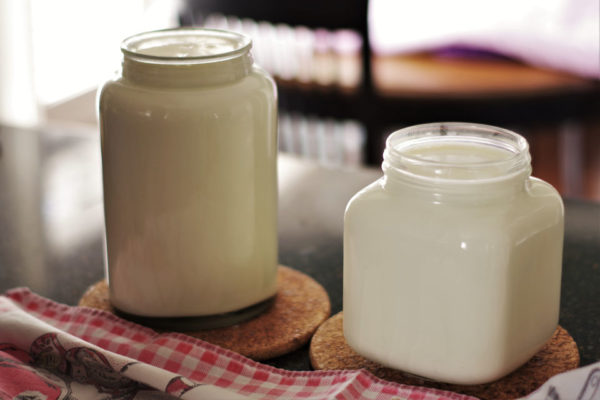
- Close the jars and refrigerate up to a week.

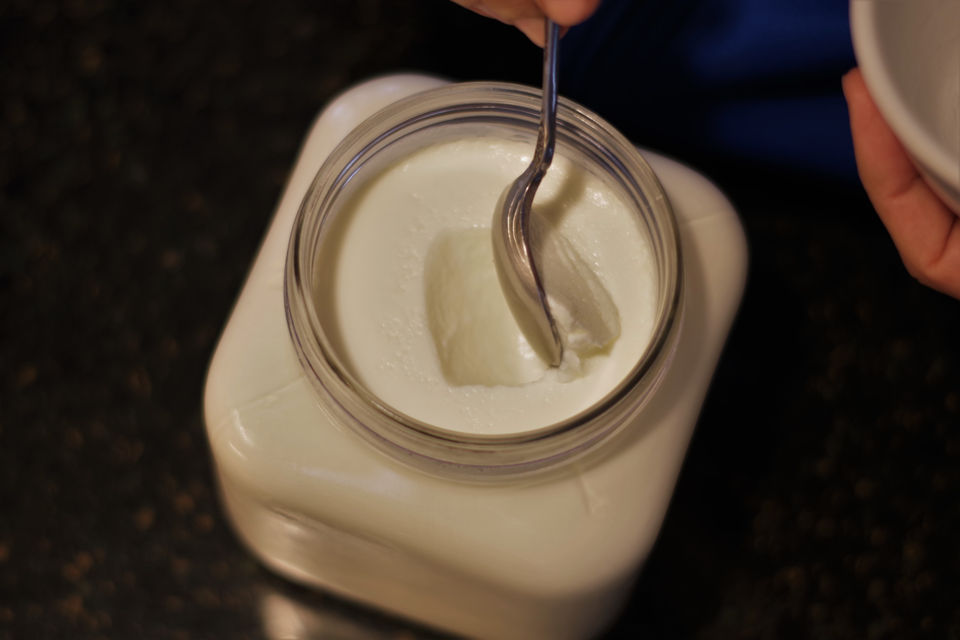
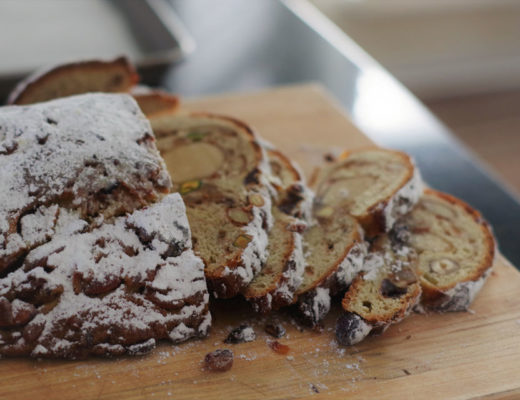
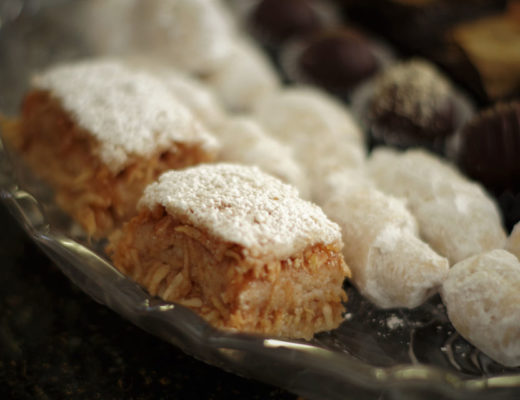
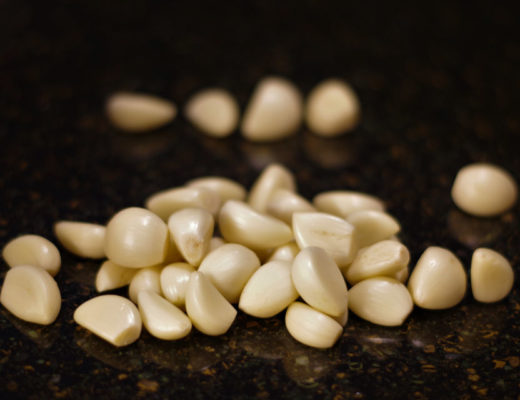
No Comments